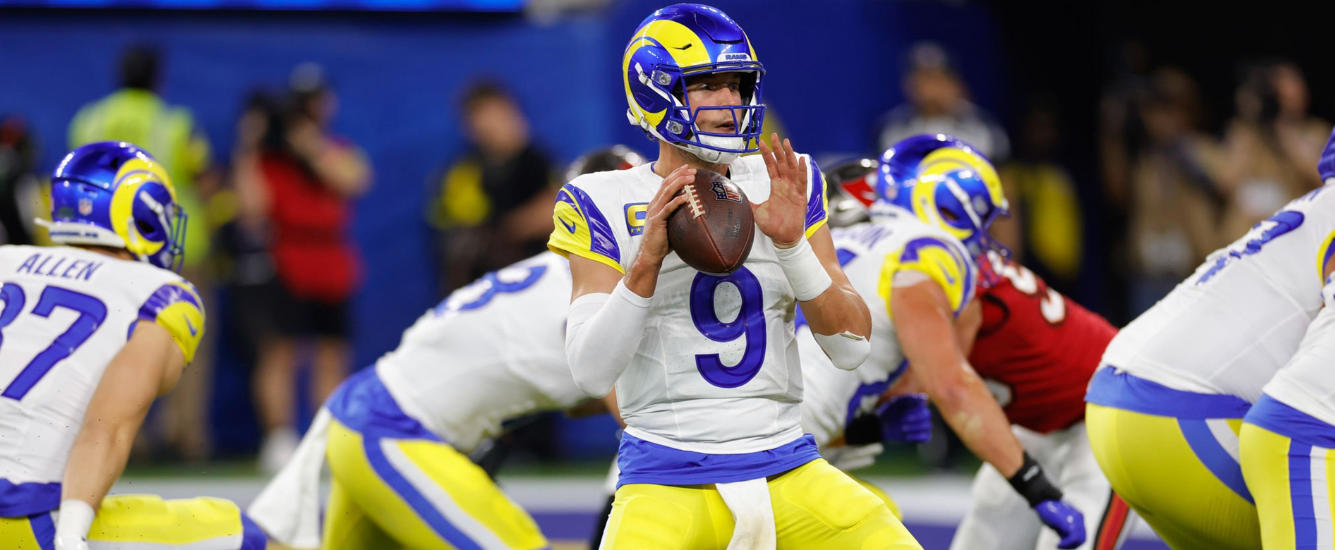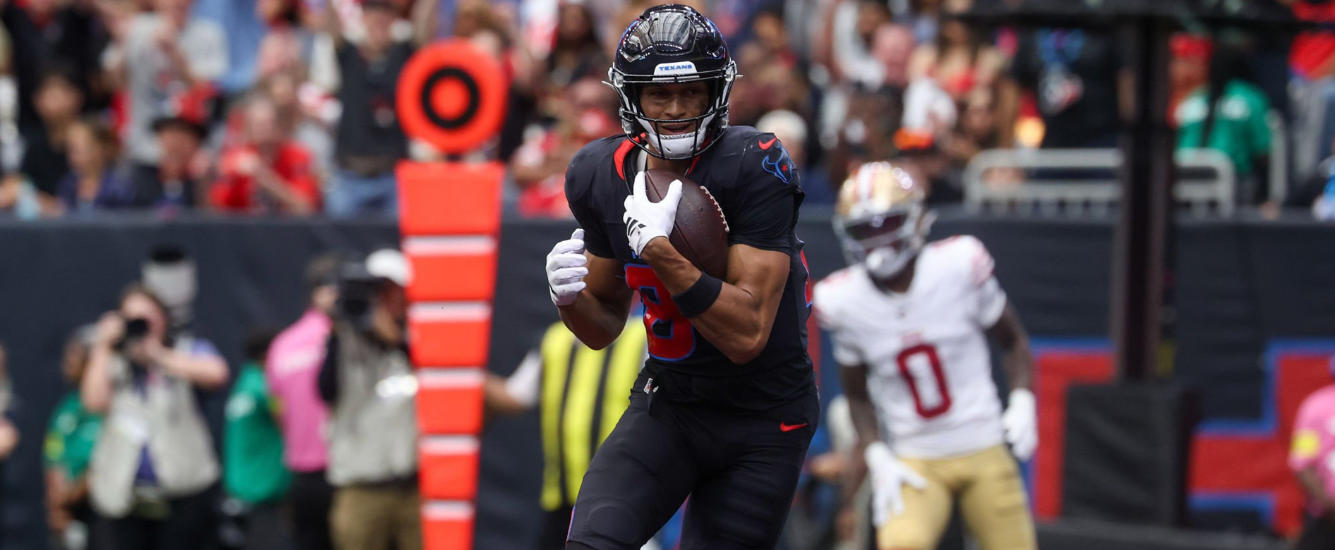Rome Odunze was drafted by Chicago with the ninth overall pick, who bolstered their receiving corps after the Bears made Caleb Williams the first player picked in the 2024 NFL Draft.
With D.J. Moore and Keenan Allen already on the roster, along with new running back addition D’Andre Swift, the Bears do not appear to be the best situation for a rookie to earn targets. The landing spot looks like a major blow to Odunze’s redraft value, and a smaller blow to his dynasty value.
Yet we know that landing spot isn’t the only thing that goes into a receiver’s Year 1 outlook. In some situations, talented receivers can overcome a prima facie bad situation, and receivers who don’t have the requisite skills can struggle even in good situations. How do we tease out talent from landing spot when making these sort of evaluations?
The Elements of Landing Spot Evaluation
There are at least three aspects to projecting a receiver’s rookie season that we need to account for: the talent of the receiver in question, the available opportunity on his new team, and the talent of the quarterback throwing him the ball. We could also add in things like scheme fit, but this is harder to measure. We might want to add in something pertaining to overall offensive quality, but this is largely captured by the question of QB talent. That is not to say that QB talent is the same as offensive quality, but rather that nearly any metric we have to measure QB skill is going to account for the quality of the offense that QB is in.
We can try to isolate these three elements using a single metric for each: for talent we can use draft position. It’s not perfect, but it’s the closest we can get to a unified scouting metric that encompasses as much as possible. For available opportunity, we can simply measure the number of expected points that the team lost or gained in the offseason. And for QB quality, what we care most about is the QB’s ability to pass the ball, so a metric like AYA will get us close enough.
What we’re hoping to measure is a WR’s fantasy scoring in Year N+1 based on his QB’s Year N AYA, his team’s offseason balance (gain or loss) in Year N receiving EP, and his draft slot. All we want to know is which measure is most correlated with rookie WR scoring.
Assessing the Metrics
I pulled data going back to 2017 (for reasons that will become clear later) and calculated how much receiving EP each team gained or lost from the previous year. Then I calculated how that EP balance correlated to rookie WR scoring and compared it against the team’s QB AYA in the previous season and the rookie WR’s draft position. Here are the results.




















